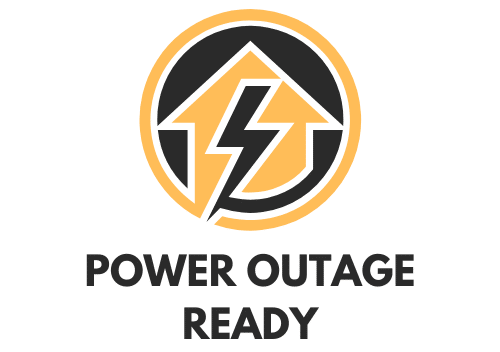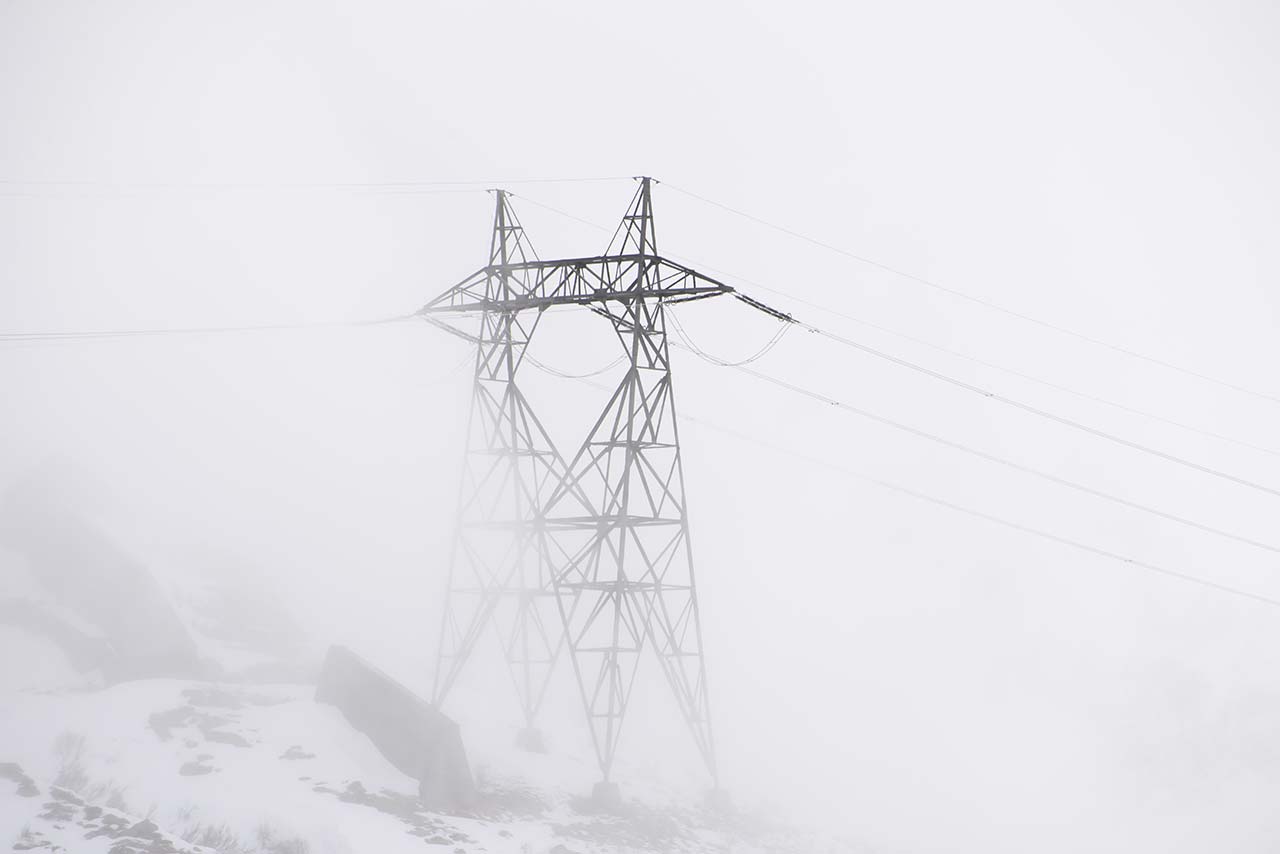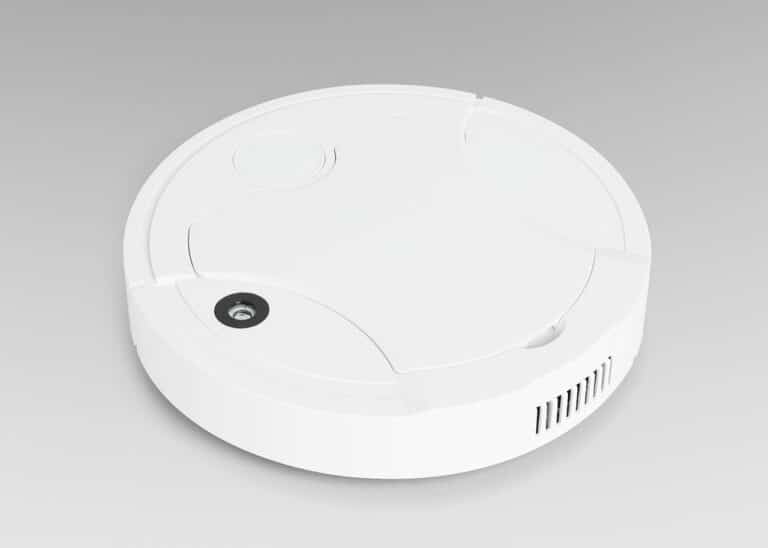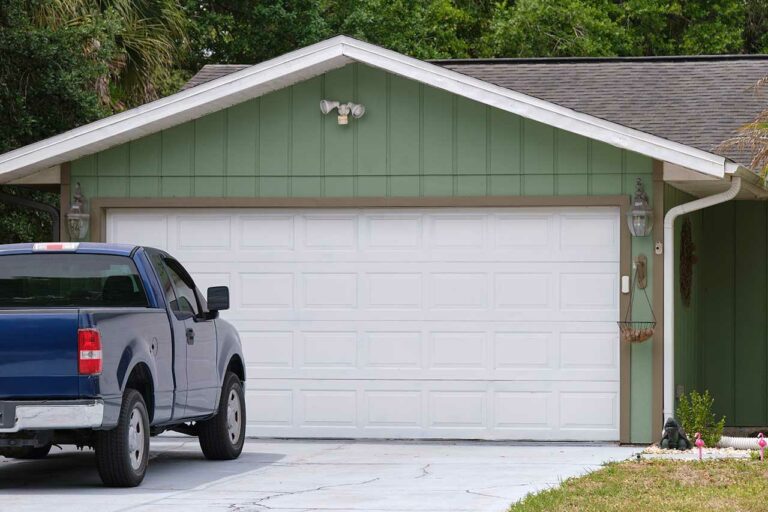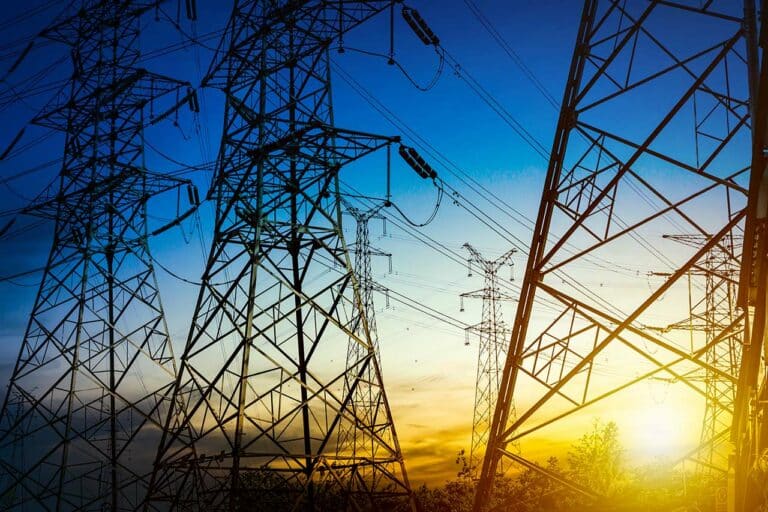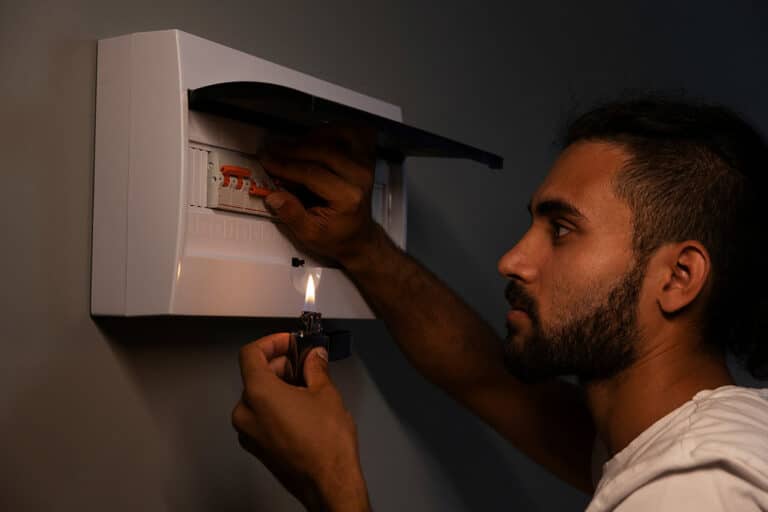Winter Power Outage Survival Kit: Essential Items For Staying Safe And Warm
Winter power outages can be a real shock to the system, leaving you stuck in the cold and darkness. Having a well-stocked survival kit can make all the difference between unease and peace of mind in those challenging times.
From weatherizing your home to gathering flashlights, batteries, and radios, there’s a lot to consider when preparing for a potential outage during the coldest months of the year. By investing in a portable generator and stocking up on essentials, you can ensure that you and your family remain safe and comfortable during any cold-weather blackout.
Preparing for a Winter Power Outage
Winter power outages carry with them a unique set of challenges. To keep your cool, or, rather, your warmth, when things go dark, you’ll need a well-stocked cold-weather power outage kit and some know-how on weatherizing your home.
First things first, make sure to stock up on the everyday essentials for your power outage kit. That means having an adequate supply of:
- Water: The ultimate essential. At least a gallon per day per person.
- Food: Non-perishables that are easy to prepare.
- Lighting: Like flashlights, headlamps, and battery-powered lamps.
- Batteries: The right sizes for your lighting and other electronic essentials.
- First-Aid Kit & Meds: All your basics in medical equipment, like bandages and pain relievers.
- Emergency Weather Radio: To keep informed about outage status.
While these things are not the only things you might need during a power outage, they will get most people by for a few days.
Essentials of a Winter Power Outage Survival Kit
In the colder months, a few things that are normally optional parts of your power outage prep kit become more essential. These things will help you keep warm in an outage that stretches on in the midst of the coldest of temperatures.
Clothing
Your first line of defense against your heat going off during a winter power outage. Make sure you have enough warm clothes on hand, including hats, gloves, and warm socks, to lock in your body heat.
Blankets & Sleeping Bags
Like with clothing, blankets are some of the best human body warmers because they trap body heat and only need to insulate a small space. Make sure you have a good supply.
Heating Sources
While you may be able to get by a few days just by wearing very warm clothes in your house during a winter power, if the power outage really brings the cold in, other things can become an issue.
If an outage drags on, and it’s below freezing outside, those freezing temps may eventually infiltrate your house, affecting your food and water supply. If your water or non-perishables freeze, you will have a whole new slew of problems to deal with.
So, if you want to be truly prepared for a winter power outage, having some way to heat items (and yourself) actually becomes more of a necessity than an option.
Some types of alternate heating you might choose for your home include:
- Wood-burning stoves
- Battery-powered heating units
- Propane stoves (for use outdoors)
Optional
While the above things will keep most households running smoothly enough during a winter power outage, there are a couple of additional items that you might want to consider for your winter power outage prep kit that will keep you warmer or your household running more smoothly.
A tent: By setting up a tent inside during a power outage, you can create a smaller area that is easier to warm. Take yourself and some blankets in there, and thing will be a lot more toasty than they are out in the main room.
A generator: Sometimes the easiest solution to the multiple problems that can arise with a winter power outage is to just not let them arise. A generator can keep those essential winter appliances, like heaters, hot water heaters, and ovens running.
Weatherizing for a Winter Power Outage
Some of the essentials from your winter power outage prep kit will come into play before a power outage ever hits. Preemptive measures can make all the difference, and in this case, the primary focus is on insulation.
Insulating Before a Power Outage
To make sure your home is ready for a power outage, begin by examining your attic and walls. These areas are particularly prone to heat loss, so it’s essential to identify any gaps that may compromise your home’s warmth. Address these gaps promptly, using insulation materials such as foam board, bat, or blown insulation depending on what best suits your home’s needs. Remember, a well-insulated home retains heat more effectively, minimizing the strain on heating systems during outages.
You can also insulate your home by smart furniture placement. Furnishings like bookshelves filled with books are great insulators when placed against outside walls. They create barriers that make air flow more difficult, block the outside cold from coming in.
Sealing Around Doors and Windows
Next, consider the seals around your windows and doors. Even small gaps can allow cold drafts to enter, increasing the cold that gets in during power outages. You can address these areas with quality weatherstripping and draft guards. These simple measures can dramatically improve your home’s insulation and ensure a cozy environment, even during a power failure.
Protecting Pipes
Your pipes are another vital area to protect during a winter power outage. Frozen pipes can lead to significant issues, including the potential for them to burst. Ensure they’re adequately insulated to stave off the freezing temperatures.
To do this, you can use pipe insulation materials commonly available at hardware stores. These include foam pipe sleeves, which easily slip over pipes, and insulating tape that wraps around them.
Winter Power Outage Preparedness: Beyond the Basics
While many of the necessities are the same, preparing for a winter power outage goes beyond just gathering food and water. Taking the extra steps to weatherize your home, from insulating walls and pipes to sealing windows and doors, can make a significant difference in your comfort and safety during the coldest months.
By adding enough “warm” items to your winter prep kit and putting them to use, you ensure a more resilient, safe, and comfortable environment for yourself and your loved ones. Remember, it’s the small preparations that can make the biggest impact during the coldest times.
